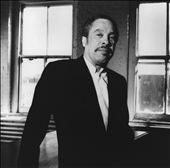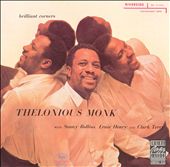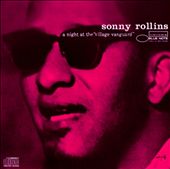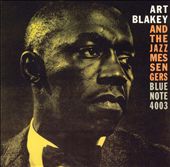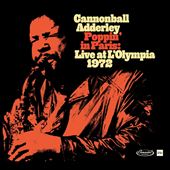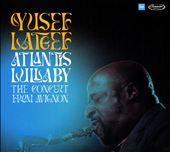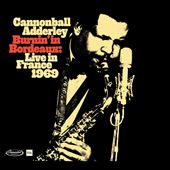Jazz
•
Hard Bop
Hard Bop
Although some history books claim that Hard Bop arose as a reaction to the softer sounds featured in cool jazz, it was actually an extension of bop that largely ignored West Coast jazz. The main differences between hard bop and bop are that the melodies tend to be simpler and often more "soulful"; the rhythm section is usually looser, with the bassist not as tightly confined to playing four-beats-to-the-bar as in bop; a gospel influence is felt in some of the music; and quite often, the saxophonists and pianists sound as if they were quite familiar with early rhythm & blues. Since the prime time period of hard bop (1955-70) was a decade later than bop, these differences were a logical evolution and one can think of hard bop as bop of the '50s and '60s. By the second half of the 1960s, the influence of the avant garde was being felt and some of the more adventurous performances of the hard bop stylists (such as Jackie McLean and Lee Morgan) fell somewhere between the two styles. With the rise of fusion and the sale of Blue Note (hard bop's top label) in the late '60s, the style fell on hard times although it was revived to a certain extent in the 1980s. Much of the music performed by the so-called Young Lions during the latter decade (due to other influences altering their style) was considered modern mainstream, although some groups (such as the Harper Brothers and T.S. Monk's sextet) have kept the 1960s' idiom alive.



